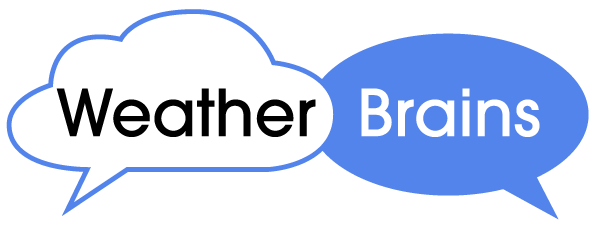April
April 30th – GFS Model (1st Weather 101 Segment)
May
May 7th – Computers Needed for the GFS Model
May 14th – How RADAR works
May 21st – Sun Dogs
May 28th – Evaporative Cooling
June
June 4th – Kinds of Temperature
June 11th – Lightning
June 18th – Thunder
June 25th – Other Global Scale Numerical Weather Models
July
July 2nd – Regional Scale Models
July 9th – ISOs on Weather Maps
July 16th – Layers of the Atmosphere
July 23rd – Getting Atmospheric Measurements
July 30th – Inversions and the Cap
August
August 6th – Tropical Cyclones
August 13th – Ring around the Sun or Moon
August 20th – METAR
August 27th – Trochoidal Motion
September
September 3rd – Definition of TUT
September 10th – Heat Transfer in the Atmosphere
September 17th – Precipitable Water (PW)
September 24th – TIROS and Weather Satellites
October
October 1st – Thermodynamic Diagrams
October 8th – Wet and Dry Adiabats
October 15th – Glaciation in an Updraft
October 22nd – Foehn Winds
October 29th – Cleveland Abbe and How Time Zones Came to Be
November
November 12th – Vorticity and Helicity
November 19th – Dual-Pol Explanation
November 26th – Bright Bands on Radar
December
December 3rd – Lake-Effect Snow
December 10th – Thundersnow
December 17th – Noctilucent Clouds
December 24th – Winter Solstice
December 31st – Snow

